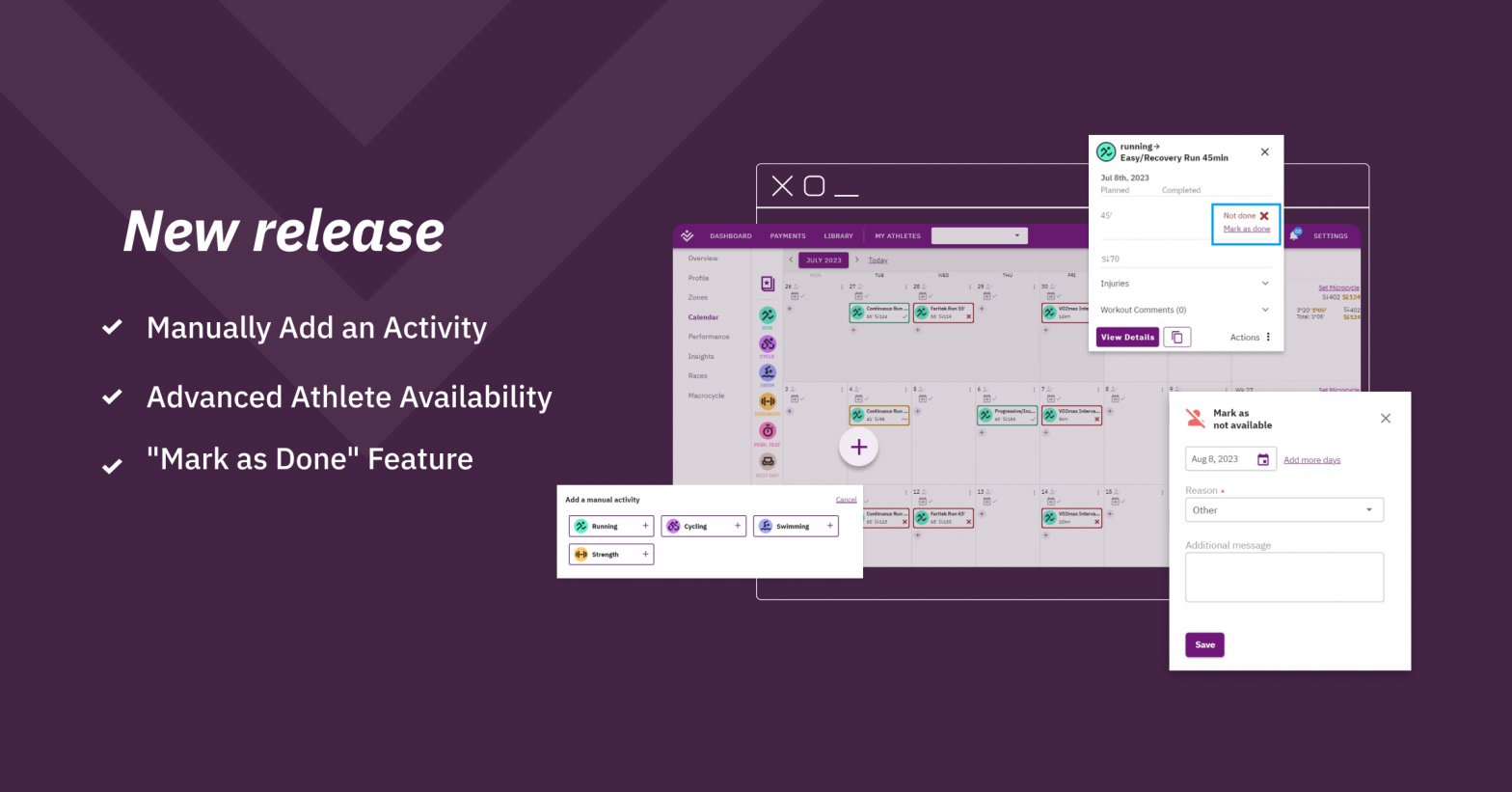Performing assessment tests on athletes is an integral part of cycling — as it is for all endurance sports. It’s the only way to measure an athlete’s physiological condition and understand the key determinants of their cycling performance. These determinants, or measurements, help the coach set developmental benchmarks, monitor fitness levels, and evaluate the athlete’s performance. One of the most crucial measurements for cycling performance is, of course, the FTP.
What is FTP?
From a purely practical point of view, the FTP — or Functional Threshold Power — is the highest intensity that an athlete can maintain for one hour. In scientific terms, it’s the highest intensity at which the athlete can perform their workout before the slow component of VO2 starts affecting the body.
How can we measure the FTP?
There are many ways to measure an athlete’s FTP, but here we’ll touch on two of the most commonly used ones: The 3-minute all-out test, and the 20-minute power test.
The 3-minute all-out test (3AOT)
Most assessments require the athlete to keep a steady effort for a given duration. The 3-minute all-out test is quite different, as it requires the athlete to cycle as hard as they can until fatigue overwhelms them.
How to conduct a 3-minute all-out test
- The athlete starts with a 10-minute easy spin to warm up
- They continue with an all-out effort (sprint) of 5 x 5 seconds — and a 1-minute easy spin between sets
- They go on with 5 minutes of easy spin
- Then, they begin with the main 3 minutes all-out effort without pacing, by shifting to the gear that will allow them to get the highest power output and ride as hard as possible
- Finally, they complete the test with a 10-minute cooldown
To find the athlete’s FTP, the coach will need to calculate the average power of the last 30 seconds (of the 3-minute test).
The 20-minute power test
This is the shorter version of the 60-minute power test, where the athlete is called to ride at the highest power they can muster for 20 minutes straight. The 20-minute power test is often preferred over the 60-minute test because it isn’t as strenuous for the cyclist. At the same time, it provides the same results with a minor additional calculation.
How to conduct a 20-minute power test
- The athlete begins the test with a 10-minute spin as a warm-up
- They continue with 3 x 1-minute fast cadence and 1-minute easy ride
- Then, they execute a 5-minute easy spin
- Next, they execute a 5-minute all-out effort, where they ride as hard as possible
- This is followed by a 10-minute recovery
- Afterward, they start with the main session, where they execute a 20-minute all-out effort
- And, to complete the test, they execute cool-down exercises for 5 minutes
The concept is that the power the athlete can maintain for 60 minutes equals 95% of the power they can maintain for 20 minutes. Therefore, to find the athlete’s FTP, the coach needs to multiply the 20-minute average power (watts) by 0.95*. Similarly, to find the heart rate (HR) at FTP, the coach needs to multiply the average heart rate (of the 20-minute effort) by 0.95.
* If the test is performed as prescribed, ScienceTraining will automatically calculate the FTP.
Why is FTP Important?
The FTP is probably the most important metric in cycling as it points to the amount of work an athlete can sustain without overwhelming their aerobic system. So, it’s no coincidence that the coach determines the cyclist’s training zones and intensities, by analyzing the data from their FTP assessment. The more the athlete manages to increase their FTP, the more effort they can exert aerobically. As a result, they can ride faster and farther. In this respect, the FTP shows an athlete’s ability to perform well in a race.
4 ways to improve the FTP
Essentially, to improve on the FTP an athlete needs to increase their aerobic capacity and muscular endurance. To that end, the coach will commonly include the following in their athlete’s training plan:
1. Strength Training
Riding workouts alone may not be enough to produce further physiological changes in the athlete’s body. In fact, the athlete will probably reach a plateau, at some point during their training. If this happens, it’s a clear sign that their body needs a different stimulus to perform better. And, that’s when strength training comes into the picture. Strength exercises can, indeed, complement an athlete’s training; helping them to build muscular endurance, when integrated correctly into their plan.
2. Anaerobic Training
Although the aerobic system is mainly in focus in endurance sports, often, coaches intentionally target their athletes’ anaerobic system; through workouts that fuel shorter, high-intensity efforts — above the lactate threshold. These efforts will allow athletes to increase their FTP, and push ahead harder to win a race.
3. Intensities around the FTP
This is a type of threshold interval workout — also known as over-unders or variable power workouts — where the athlete successively cycles over and under their FTP. The objective of this workout is to increase the maximum sustainable power, by working at different lactate threshold intensities, for an extended period. In the long-run, over-unders will help the athlete improve their muscular endurance and lactate tolerance, while minimizing psychological fatigue.
4. Hill training
No matter how ‘unattractive’ hill repeats may seem to athletes, in the beginning, riding up and down a hill — and doing it all over again — is an excellent way to build speed, strength, and power. Indeed, hill sessions help cyclists improve their FTP, with time; and increase their overall cycling efficiency.
TL;DR
Improving the FTP is important for all cyclists. In addition to the types of training discussed here, it’s important for athletes to consider the following, when working on increasing their FTP:
- Being consistent in the training plan.
- Fueling and hydrating the body.
- Never omitting recovery days.
Last, but not least, since the FTP is easy to assess and reassess, as a good practice, the coach should test the athlete’s FTP every 4-6 weeks, to make sure that the training plan is aligned with their fitness level.


